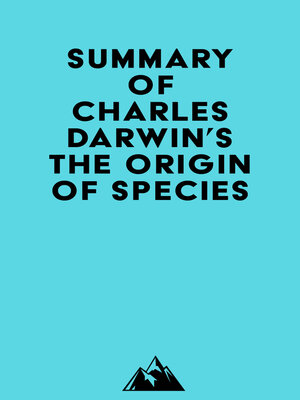
Sign up to save your library
With an OverDrive account, you can save your favorite libraries for at-a-glance information about availability. Find out more about OverDrive accounts.
Find this title in Libby, the library reading app by OverDrive.



Search for a digital library with this title
Title found at these libraries:
| Loading... |
Please note: This is a companion version & not the original book. Sample Book Insights: #1 The first thing that strikes us when we look at the individuals of the same variety or sub-variety of our older cultivated plants and animals is that they differ much more from each other than do the individuals of any one species or variety in a state of nature. #2 The most common cause of variability is believed to be the male and female reproductive elements having been affected prior to the act of conception. The effects of confinement or cultivation on the functions of the reproductive system are far more pronounced than any other part of the organism. #3 The effects of the conditions of life are often minimal compared to the effects of reproduction, growth, and inheritance. The direct effects of the conditions of life are sometimes difficult to distinguish from the effects of use. #4 The variety of laws that govern variation is extremely complex. Any change in the embryo or larva will almost certainly entail changes in the adult. The various, dimly seen laws of variation result in infinitely complex and diversified offspring.






